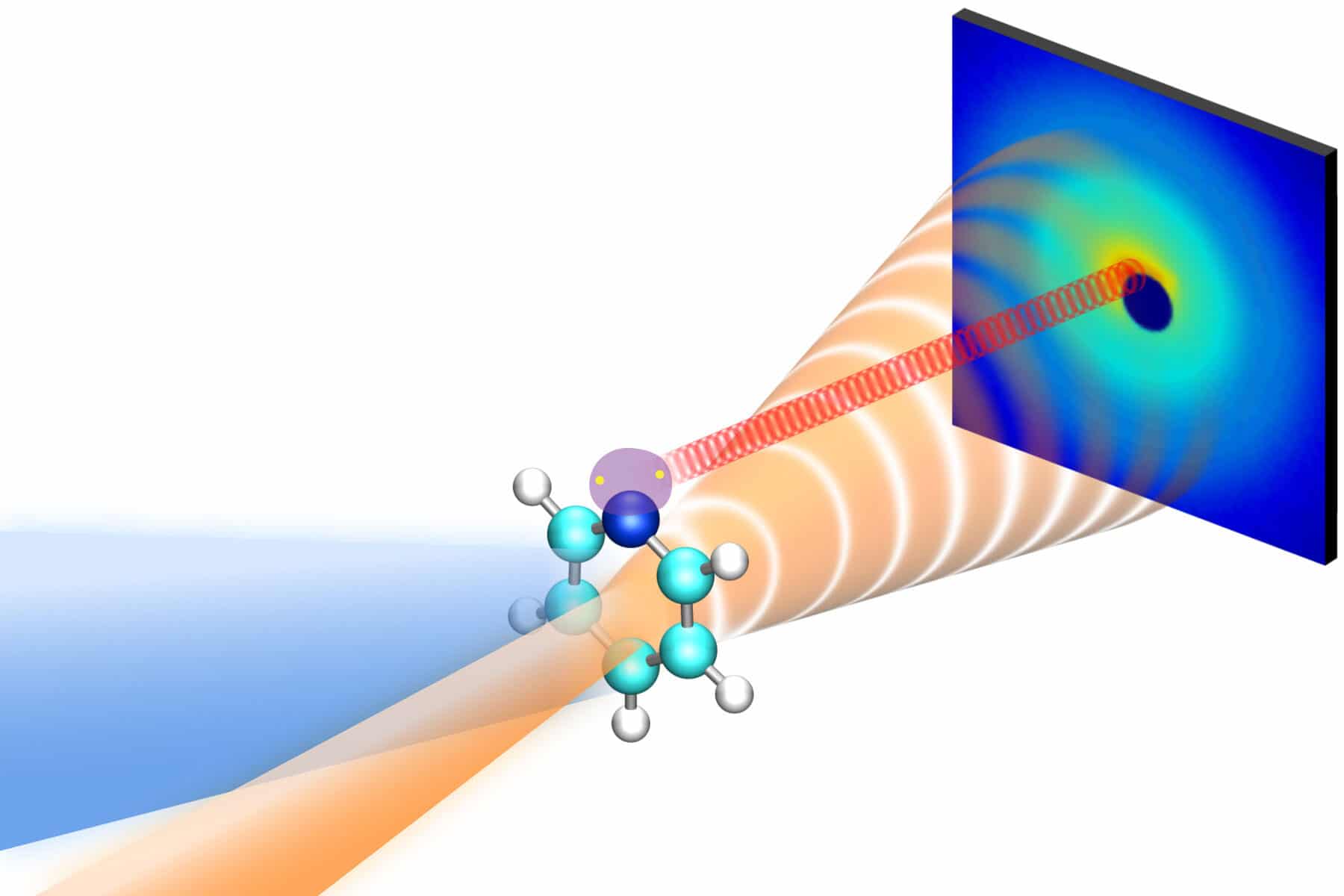| The Microbial World: The Nitrogen cycle and Nitrogen fixation Produced by Jim Deacon | ||
How Many Electrons Are In Nitrogen? The chemical element nitrogen has a total of 7 electrons. 2 electrons are in shell one while there are 5 in shell two. Atomic Structure When understanding the electron count in nitrogen, it is often easiest to envision the element in an essential sense. That sense would be an individual atom. According to the Bohr model of the atom, which is still in common. Nitrogen is the seventh element with a total of 7 electrons. In writing the electron configuration for nitrogen the first two electrons will go in the 1s orbital. Since 1s can only hold two electrons the next 2 electrons for N goes in the 2s orbital. The remaining three electrons will go in the 2p orbital. Skip to page content; Skip to site menu on this page. Periodic Table of Elements Element Nitrogen - N. Comprehensive data on the chemical element Nitrogen is provided on this page; including scores of properties, element names in many languages, most known nuclides of Nitrogen. The octet rule is the understanding that most atoms seek to gain stability in their outer most energy level by filling the s and p orbitals of the highest energy level with eight electrons. Nitrogen seeks out three additional electrons to fill the p orbital and gain the stability of a noble gas, 1s22s22p6. Click to see full answer. Nitrogen N2 CID 947 - structure, chemical names, physical and chemical properties, classification, patents, literature, biological activities, safety/hazards.
Role of nitrogen in the biosphere

The growth of all organisms depends on the availability of mineral nutrients, and none is more important than nitrogen, which is required in large amounts as an essential component of proteins, nucleic acids and other cellular constituents. There is an abundant supply of nitrogen in the earth's atmosphere - nearly 79% in the form of N2 gas. However, N2 is unavailable for use by most organisms because there is a triple bond between the two nitrogen atoms, making the molecule almost inert. In order for nitrogen to be used for growth it must be 'fixed' (combined) in the form of ammonium (NH4) or nitrate (NO3) ions. The weathering of rocks releases these ions so slowly that it has a neglible effect on the availability of fixed nitrogen. So, nitrogen is often the limiting factor for growth and biomass production in all environments where there is suitable climate and availability of water to support life.


Microorganisms have a central role in almost all aspects of nitrogen availability and thus for life support on earth:
- some bacteria can convert N2 into ammonia by the process termed nitrogen fixation; these bacteria are either free-living or form symbiotic associations with plants or other organisms (e.g. termites, protozoa)
- other bacteria bring about transformations of ammonia to nitrate, and of nitrate to N2 or other nitrogen gases
- many bacteria and fungi degrade organic matter, releasing fixed nitrogen for reuse by other organisms.
All these processes contribute to the nitrogen cycle.
We shall deal first with the process of nitrogen fixation and the nitrogen-fixing organisms, then consider the microbial processes involved in the cycling of nitrogen in the biosphere.
| The Microbial World: The Nitrogen cycle and Nitrogen fixation Produced by Jim Deacon | ||
Role of nitrogen in the biosphere
The growth of all organisms depends on the availability of mineral nutrients, and none is more important than nitrogen, which is required in large amounts as an essential component of proteins, nucleic acids and other cellular constituents. There is an abundant supply of nitrogen in the earth's atmosphere - nearly 79% in the form of N2 gas. However, N2 is unavailable for use by most organisms because there is a triple bond between the two nitrogen atoms, making the molecule almost inert. In order for nitrogen to be used for growth it must be 'fixed' (combined) in the form of ammonium (NH4) or nitrate (NO3) ions. The weathering of rocks releases these ions so slowly that it has a neglible effect on the availability of fixed nitrogen. So, nitrogen is often the limiting factor for growth and biomass production in all environments where there is suitable climate and availability of water to support life.
Nitrogen Electrons Protons Neutrons
Microorganisms have a central role in almost all aspects of nitrogen availability and thus for life support on earth:

- some bacteria can convert N2 into ammonia by the process termed nitrogen fixation; these bacteria are either free-living or form symbiotic associations with plants or other organisms (e.g. termites, protozoa)
- other bacteria bring about transformations of ammonia to nitrate, and of nitrate to N2 or other nitrogen gases
- many bacteria and fungi degrade organic matter, releasing fixed nitrogen for reuse by other organisms.
All these processes contribute to the nitrogen cycle.
Nitrogen Electrons And Neutrons
We shall deal first with the process of nitrogen fixation and the nitrogen-fixing organisms, then consider the microbial processes involved in the cycling of nitrogen in the biosphere.
